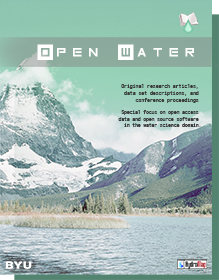Article Title
Keywords
water transfer; energy intensity; desalination, benchmarking tool; model
Abstract
It is well established that population and economic growth will present major challenges for meeting the world’s growing water and energy needs over the coming decades. Water scarcity is rapidly affecting every continent and countries are exploring new sources of water to meet the increased demand for fresh water. This paper seeks to make progress in this area by providing new insights for making tradeoffs between transferring water and other water supply options. The paper reviews cost estimates of transferring water and establishes a method for analyzing the Energy for Water Transfer (EN4WT), a method which could be helpful in determining future strategies for water supply. The design of this study provides a detailed characterization of energy requirements, specifically developing a new database of energy for water at the national level for several countries and a benchmark tool for the comparison of country-level energy use for water transfer. Conclusions from this paper suggest the following: (1)Energy for water transfer is a function of several factors including climatic and geographical factors over which countries have no control, in addition to other factors related to the type of technology used, Gross Domestic Product (GDP), and the volumes of water required to be transferred (2) Normalization of energy intensity of water supply transfer using slope (change in elevation divided by horizontal distance) resulted with an average 62% decrease in energy intensity, while normalization using precipitation resulted with 12% reduction in average energy intensity.
BYU ScholarsArchive Citation
Shannak, Sa'd
(2018)
"Energy and Economic Implications of Water Transfer,"
Open Water Journal: Vol. 5:
Iss.
2, Article 4.
Available at:
https://scholarsarchive.byu.edu/openwater/vol5/iss2/4
revised_Jan 25
Water_transfer_paper-responses to reviews.docx (534 kB)
